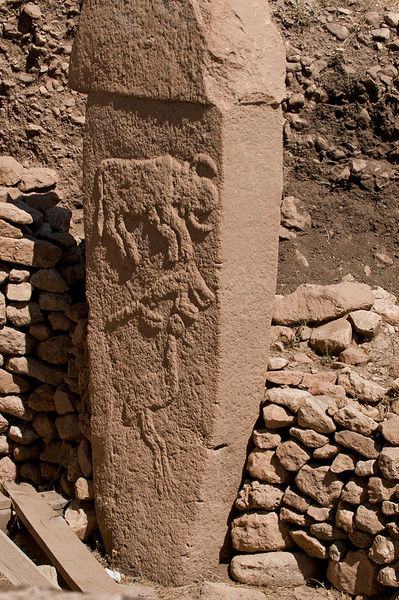
It is probable that the rise of social complexity in the development of agricultural and industrial economies required a major revolution in the social capacity to accumulate and manage the transmission of "working" (i.e., technical) knowledge. There is interesting evidence assembled by the Australian science writer, Lynne Kelly, that this revolution was based initially on a technology (defined as the practical application of knowledge especially in a particular area) based (1) on the construction and use of monumental theaters of the mind for effectively indexing objects of knowledge in living memory and (2) the practice within or around those theaters of particular social rituals for the accurate learning, maintenance, and transfer of those memory objects. This technology enabled initiates to store, manage, and accurately propagate a body of knowledge orders of magnitude larger than could be maintained by uninitiated.
For several thousands of years before the invention of counting tokens and symbolic and alphabetic scripts enabled knowledge to be objectified and stored by durable objects, such mnemonic technologies supported the emergence and maintenance of complex agricultural economies and specialized industries involved in the establishment of city states and state religions.
This session explains the circumstances of the Agricultural Revolution in the Neolithic and how mnemonic technologies extended the geospacial indexing and navigating capabilities that seem to be basic functions in the mammalian brain.

"Göbekli Tepe, Urfa" by Teomancimit - licensed under CC BY-SA 3.0 via Wikimedia Commons - (Link)


"Gobekli Tepe 2" by Teomancimit - licensed under CC BY-SA 3.0 via Wikimedia Commons - (Link)